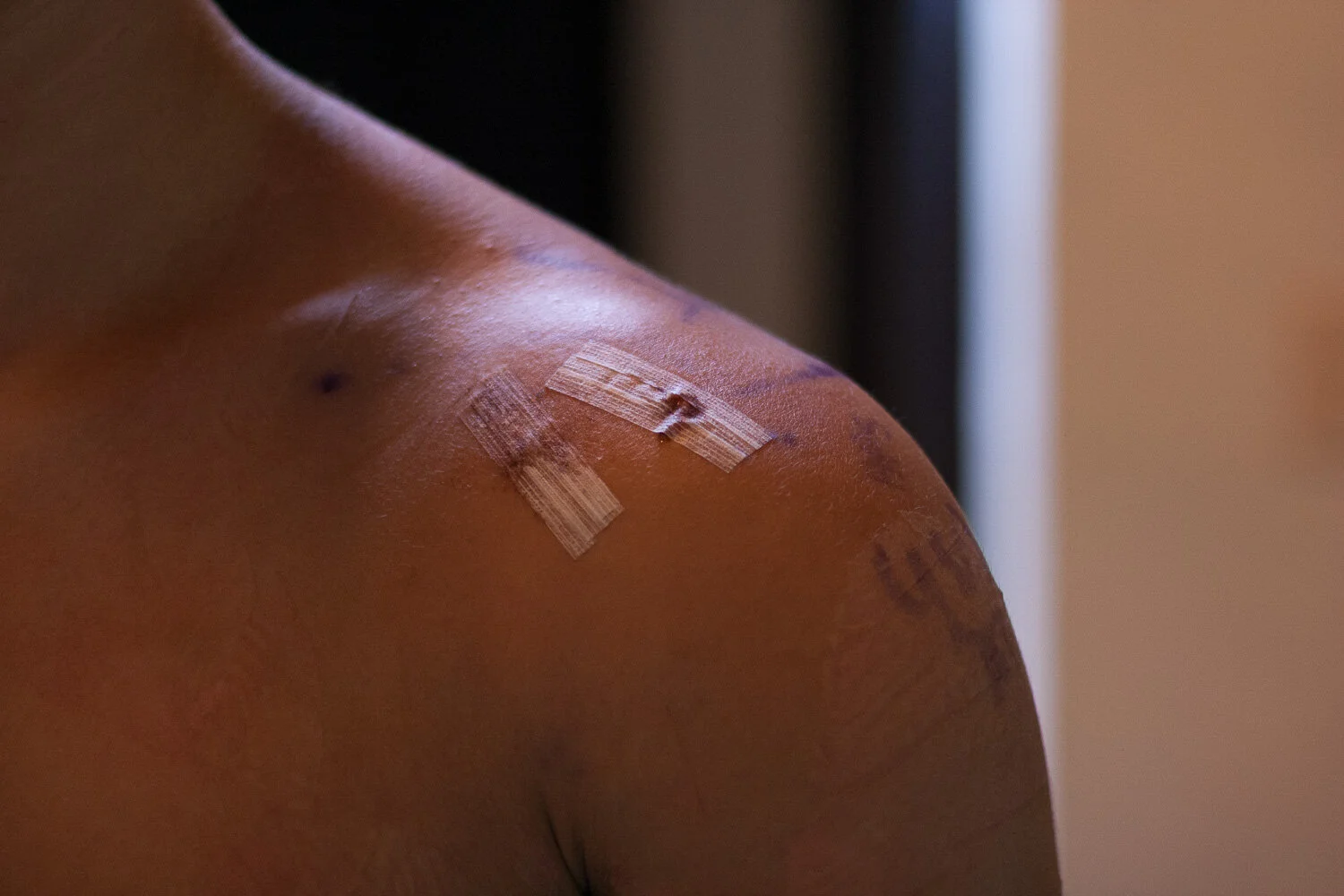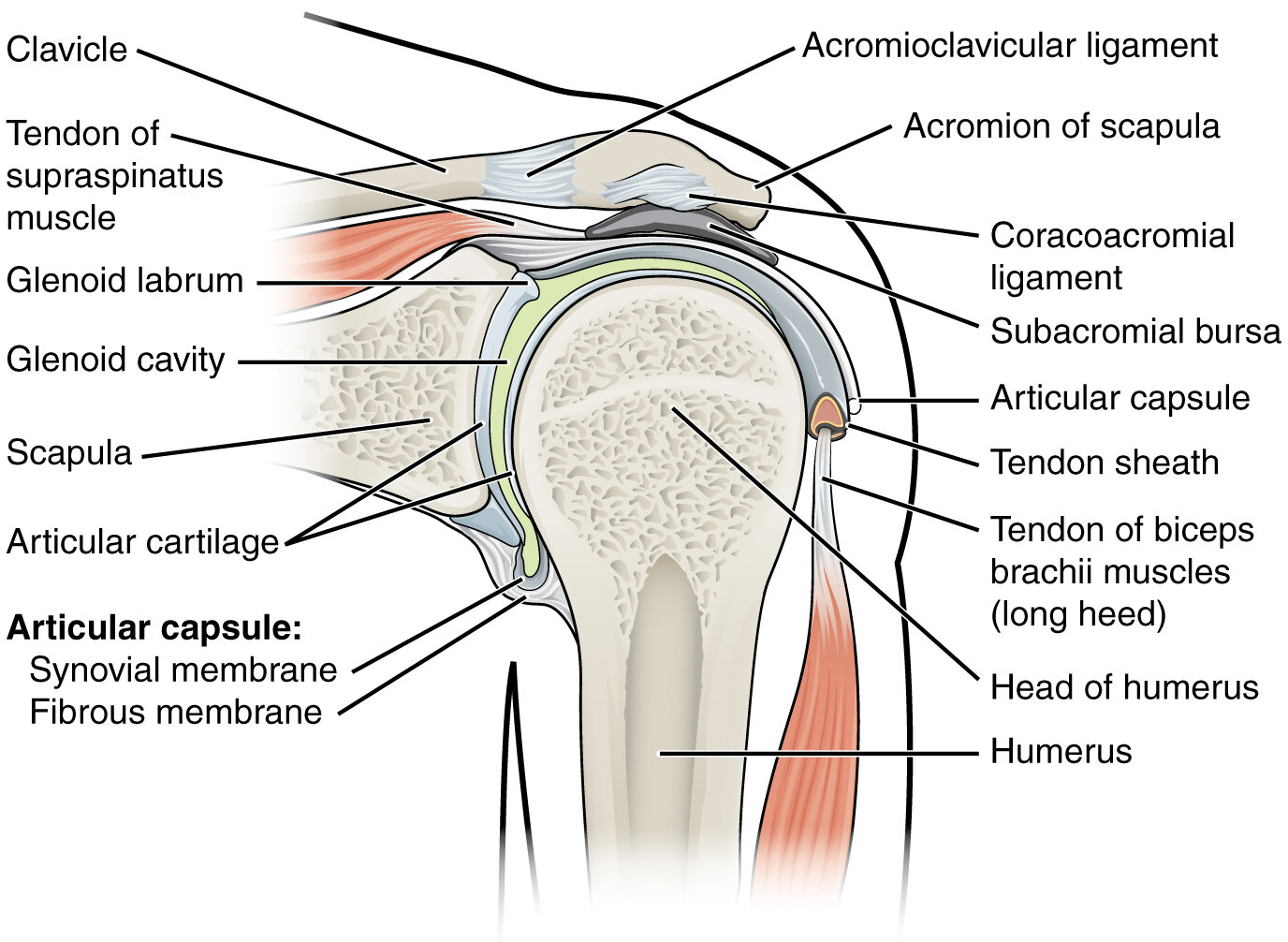Shoulder Labrum Tear & Choosing Surgery: Personal Experience
This is the first article in a two-step series chronicling my experience with labral tears & surgical repair in both shoulders. Click here for part 2: Bankart Shoulder Repair: Surgery Experience & Recovery.
Background
I first started dislocating my shoulder as teenager while whitewater kayaking, and this set me on a path which has made me very familiar with the medical management of labrum tears in the shoulder. Shoulder injuries aren’t uncommon in whitewater kayaking since the force of water & precarious positioning of the arms can easily lead to injury if you’re not careful. It’s not just paddlers though, I have a handful of friends who are runners, mountain bikers, and soccer players who have all needed surgery for shoulder instability. It’s a common problem that really isn’t talked about enough. Hopefully you don’t need this article since you’ve been practicing good technique & keep your arms in the “box” to prevent injury. But if you’ve had an injury or recurrent shoulder instability in the past then this might be a good resource for you.
This article is a simplified, subjective account of my personal experience with shoulder injuries, specifically labral tears, and by no means should it replace the medical advice of a physician familiar with the specifics your condition.
Labrum tears are fairly common in whitewater kayaking & other action sports due to the extreme stresses put on the shoulders. Credit: David Spiegel
So I Damaged My Labrum, Why Does That Matter?
First up is a little bit of simplified anatomy. The shoulder is a ball & socket joint, with the “ball” being the rounded end of the humerus, and “socket” being the shallow depression formed by the glenoid fossa. This type of joint is unique in that it gives you a huge range of motion, but the tradeoff is that it’s pretty unstable. This is why the most common joint dislocation is the shoulder. Enter the labrum. The labrum is a band of fibrous cartilage surrounding the glenoid fossa, and it acts as a “bumper” of sorts to help keep the humeral head in place. Thus, if you dislocate your shoulder you risk the possibility of stressing and tearing this structure. The unfortunate part is that the labrum doesn’t always properly heal after a tear like this, so the “bumper” becomes damaged, which makes the shoulder more susceptible to instability in the future.
A diagram of shoulder joint structures. The labrum is indicated by “glenoid labrum”. Image from Wikimedia Commons.
A Tale Of Two Shoulders
My left shoulder first dislocated back in 2010, and I wore a sling for around 6 weeks to keep it immobilized while it healed. I had never had this type of injury before, so I did some physical therapy, and then went on with life as normal afterwards. A few months later I was doing overhead weight exercises at the gym, and felt the shoulder give way as the dumbbell crashed to the floor. It was a sickening sensation as I felt and heard my shoulder give way, and I knew that reinjuring the shoulder wasn’t a good sign. Things felt good for the next year, and then it suddenly dislocated for a third time while kayaking in college. This was the point where I knew something had to be done about it, so I traveled back home to have the shoulder evaluated. The shoulder was pretty loose at this point, and eventually it got to the point where it would dislocate if I lifted my arm above my head while lying down. I ended up having it surgically repaired in summer 2012.
Fast forward six years, and my right shoulder dislocated in spring 2018. It felt like the trajectory of the injury was going to be very similar to my left shoulder. I went through the physical therapy process, but then six months later I could start to feel it slip & pop while swimming. I feel that I was a bit more aggressive in pursuing care for this shoulder since I had an idea of what the clinical course would look like. This instability continued, and an MRI arthrogram later showed a circumferential labral tear. I had surgery for this shoulder in late fall 2019 and am still recovering from that.
MRI image of the shoulder with a red arrow pointing toward a labral tear (SLAP II). Image from Wikimedia Commons.
Evaluation Process & Choosing Surgery
If you’ve gotten to the point where shoulder instability persists after physical therapy and it negatively impacts your daily function, then it might be time to consult an orthopedic surgeon or sports medicine physician for evaluation. During these appointments the doctors considered my history, goals, and took my shoulders through a variety of movements to assess for pain, range of motion, and to detect apprehension. My shoulders felt especially vulnerable to injury when brought into the overhead pitching position, and it made me visibly anxious to have someone manipulate & exert force on my shoulder in this position.
Following an evaluation, the next step was to obtain MRI imaging to determine the type and extent of damage to the shoulder joint. An MRI arthrogram is commonly used for suspected labral tears, and involves a two-step procedure that seems intimidating, but is surprisingly painless. Fluoroscopy is the first component, and it involves numbing the shoulder and then injecting a contrast dye into the shoulder capsule under image guidance. This contrast dye allows capsular damage to be evaluated since contrast dye will leak into surrounding tissue if there is a tear in the capsule.
After fluoroscopy an MRI was done to further evaluate soft tissue structures within the shoulder. Imaging here can take 30+ minutes, and it takes place in a small tube where you have to stay still, so certainly voice your concerns to the referring physician if you’re claustrophobic. The first time I had this procedure done I fell asleep and moved slightly in the MRI machine which meant I had to do another MRI, so don’t repeat my mistake!
Following these procedures, I met back with my orthopedic surgeon to go over the results. My left shoulder had a long, contiguous labral tear with a Hill-Sachs lesion & Bankart deformity, while my right shoulder had a circumferential labral tear without any bone lesions. These imaging procedures were pursued due to my history of shoulder instability, and they confirmed anatomical damage which corresponded with the physical presentation. Based on these findings we decided to pursue surgical interventions with the hope of making the joints stronger & more stable than before. Part 2 of this series focuses on the surgical experience and recovery, including physical therapy.
I hope this first installment helped shed some light on the evaluation process for a labral tear might look like. If you have any comments, questions, or personal experiences, please leave them below!




